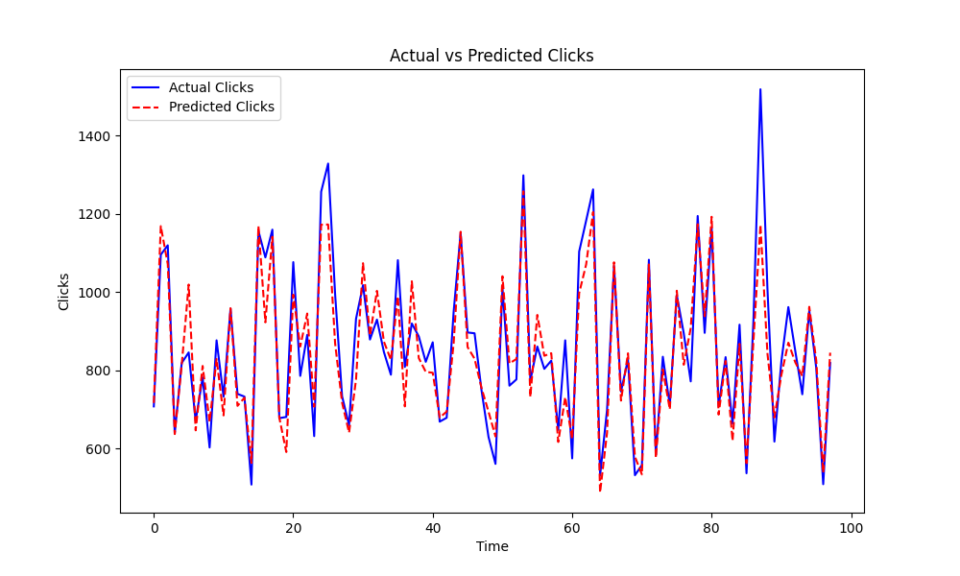Company Description
The company follows a platform approach, offering Fashion and Lifestyle products to customers in 17 European markets. Zalando, now led by three co-CEOs, was founded by Rocket Internet and generates over $5.3 billion in revenue. With over 15,000 employees, it is one of Berlin’s most successful startup stories. Founded in 2008, Zalando has become a giant in the European e-commerce landscape.
Executive Summary
Zalando attracts significant traffic due to its extensive brand offerings and strong brand recognition. It ranks regularly in the top 5 for clothing brands, benefiting from a large search volume for its brand name (“Zalando” has a search volume of 4 million, compared to “Nike” with less than half a million). However, its mobile performance is average, with issues related to JavaScript and caching.
SEO and Traffic Analysis
Zalando receives approximately 7 million monthly SEO visits, primarily from searches for other fashion brands. It has over 4 million backlinks from more than 10,000 referring domains and 1.4 million indexed pages, including over 2,000 top pages that receive at least 500 monthly SEO entries. Additionally, Zalando enjoys huge brand recognition with over 1.2 million brand visits.
- Around 7 million monthly SEO visits, mostly from other fashion brands.
- Over 4 million backlinks for 10,000+ Referring Domains.
- 1.4 million pages indexed, including over 2,000 top pages with at least 500 monthly SEO entries.
- Huge brand recognition with over 1.2 million brand visits.

Backlink Profile Overview
Zalando has a substantial backlink profile with 4.1 million backlinks from 11.6K domains. However, most of these backlinks are from pages with low Page Authority. Geographically, 33% of the backlinks are from German websites. The anchor text is predominantly brand-related, with some exceptions like “brandandbutter.com,” which no longer exists. Additionally, 7% of the links are nofollow, and 5% are image links.
Organic Traffic Analysis
Zalando ranks for over 1.1 million keywords, generating 1.1 million monthly organic visits. Most traffic comes from searches for brands like Bershka and Adidas, rather than generic clothing-related keywords. Key terms include “kleider,” “Schuhe,” and “Herrenausstatter,” although brand searches dominate the traffic.
Keyword Targeting and Traffic
Most of the traffic actually comes from searches for other brands such as Bershka and Adidas. The share of clothing-related keywords is relatively small compared to brands.
Main Keywords generating traffic in Germany (excluding Zalando brand terms):
Other brands:
- Bershka (36k)
- Adidas (34k)
- Esprit (32k)
- Birkenstock (25k)
- Topshop (23k)
- Cecil (20k)
- Mango (19k)
Other terms:
- kleider (15k)
- Schuhe (14k)
- Herrenausstatter (9k)
- Brautschuhe (4.6k)
- Sommerkleider (4.5k)
- Taschen (3.8k)
Site Performance for Mobile: Javascript issues
Performance is not perfect for such a big site. The main issues reported by Lighthouse are regarding JavaScript.

Fun Facts
Zalando is so big in Germany that many misspellings of “Zalando” still have considerable search volume. For instance, “zalandoo,” “zalandi,” “zalamdo,” and “zalande” all have notable search volumes.
- “zalandoo”: 8400 SV
- “zalandi”: 3900 SV
- “zalamdo”: 3200 SV
- “zalande”: 1200 SV
FAQ
- What is Zalando’s business model?
Zalando operates as an online fashion retailer, offering products from various brands across Europe.
- How does Zalando manage its SEO?
Zalando benefits from strong brand recognition and a large number of backlinks, although most are from its own sites.
- What are Zalando’s main challenges?
Zalando faces challenges with mobile performance, particularly JavaScript issues and inefficient caching.
- How does Zalando enhance customer experience?
Zalando uses context-aware decisions and theming in its design system to provide tailored experiences.

Alex is an experienced SEO consultant with over 14 years of working with global brands like Montblanc, Ricoh, Rogue, Gropius Bau and Spartoo. With a focus on data-driven strategies, Alex helps businesses grow their online presence and optimise SEO efforts.
After working in-house as Head of SEO at Spreadshirt, he now works independently, supporting clients globally with a focus on digital transformation through SEO.
He holds an MBA and has completed a Data Science certification, bringing strong analytical skills to SEO. With experience in web development and Scrum methodologies, they excel at collaborating with cross-functional teams to implement scalable digital strategies.
Outside work, he loves sport: running, tennis and swimming in particular!




